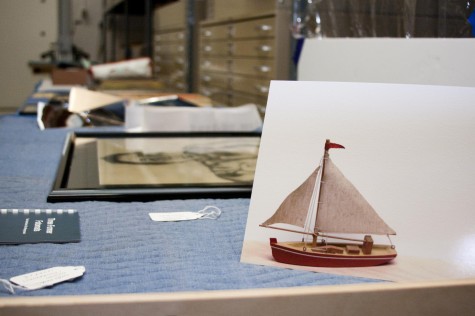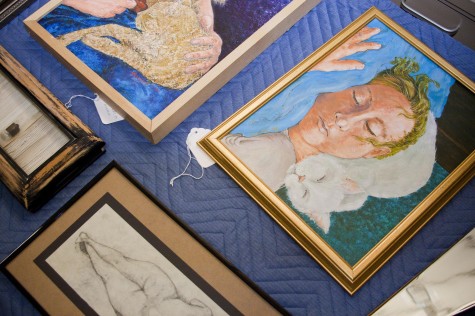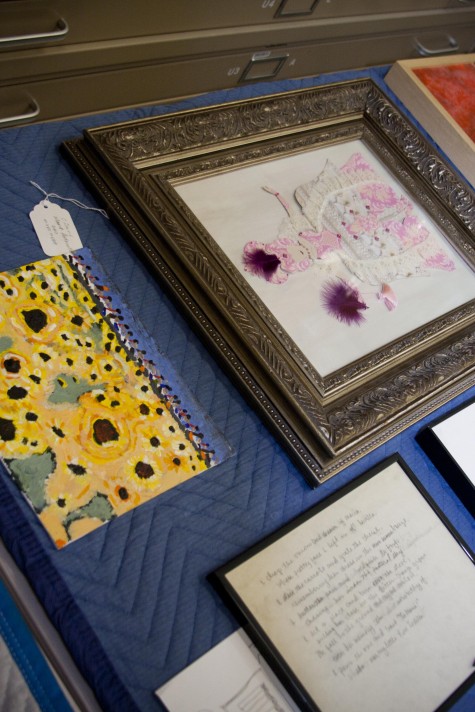In honor of Employee Appreciation Day on Friday, March 4, we asked Writer-in-Residence Kendra Greene to share one of the stories she’s been collecting at the DMA. The following is from her conversation with Genet Mamuye, Visitor Services Representative:
On a slow day, Genet Mamuye talks to hundreds of people. There are little kids and people in their nineties and first-timers and non-English speakers. There are regulars who come almost every day and there are people who don’t know where to start. There are people who ask where to eat downtown and how to get their art on the walls and is there anything for sale? What should I see?
Genet started with the DMA 23 years ago, and spent her first nine years as a gallery attendant. In the early 2000s, she moved to the Visitor Services Desk, where you’ll find her now. There was a time when she only saw big crowds when there were big exhibitions, but now she sees more people than ever.
Visitors are always asking Genet what her favorite thing is at the Museum. That’s where they want to start. But the short answer is: She doesn’t have one. Sure, she walks the DMA two or three times a week to see if anything is new. She also keeps up with the cultural goings on in the area so she can answer the questions that have nothing to do with the Museum she represents. She believes the main thing is to ensure whoever walks in has a good experience. Which is to say, she wants to give an answer, but what she really wants is for visitors to connect with the things that matter to them. She knows people who swoon for contemporary work can’t be sent anywhere else. She finds it’s a safe bet that children and families will fall in love with Egypt on the third floor. If you announce you only have fifteen minutes for your visit and time’s a-ticking, you’ll be sent to the Reves Collection on Level 3. And when Genet asks you on your way out how it went, chances are you’ll thank her.
Once, years ago, a young man asked his father to go to the Museum. It was the young man’s birthday. The pair was from out of town. The young man adored Ellsworth Kelly, and only when they arrived did he realize there was an exhibition of Kelly’s work. What luck! The young man and his father asked Genet about it, and were crestfallen to realize the installation wasn’t quite done, the show not quite yet open. They had come so far, and they wouldn’t be back in time to see it.
It was at that moment that Mr. Kelly’s car pulled up. They could see it through the glass doors. Genet quietly noted the arrival to the young man and his father, and left it at that. Mr. Kelly was so gracious, so nice. He took that young man on a private tour of the not yet open show. The young man was overjoyed, and even now thinking about it, Genet brings her hand to her heart.
Working with the public, in Genet’s view, means you have to be open to learn. You have to be respectful and you have to be positive. Certainly, you can’t assume. There are people that wander past three times, obviously lost, and you have to find the way to approach them. Visitors come back on later visits and remember Genet. But, as she says, “It’s not just me. All my coworkers are really good. We have to be. We open our doors for everybody.”
A. Kendra Greene is The Center for Creative Connections Visiting Artist at the DMA.
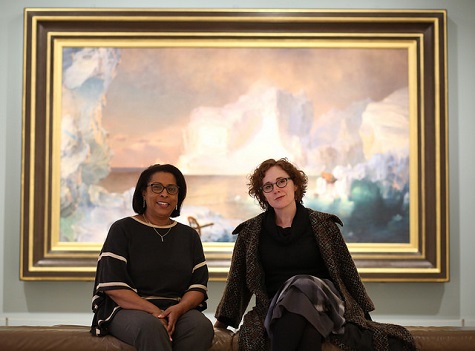
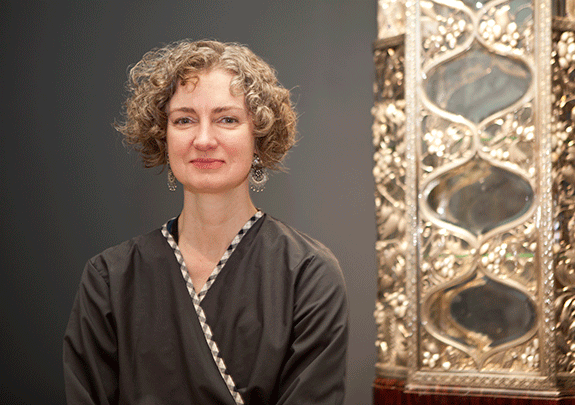
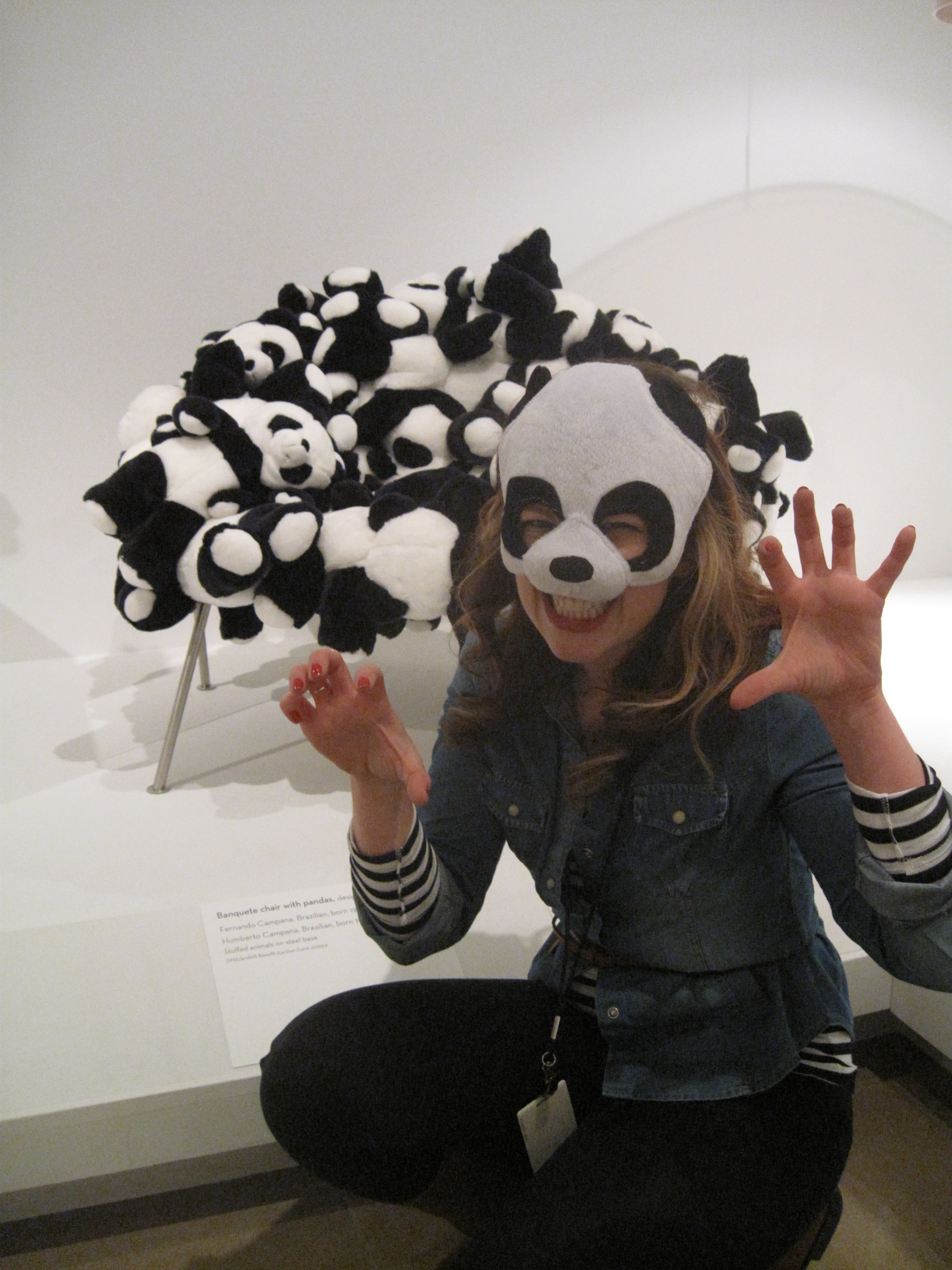
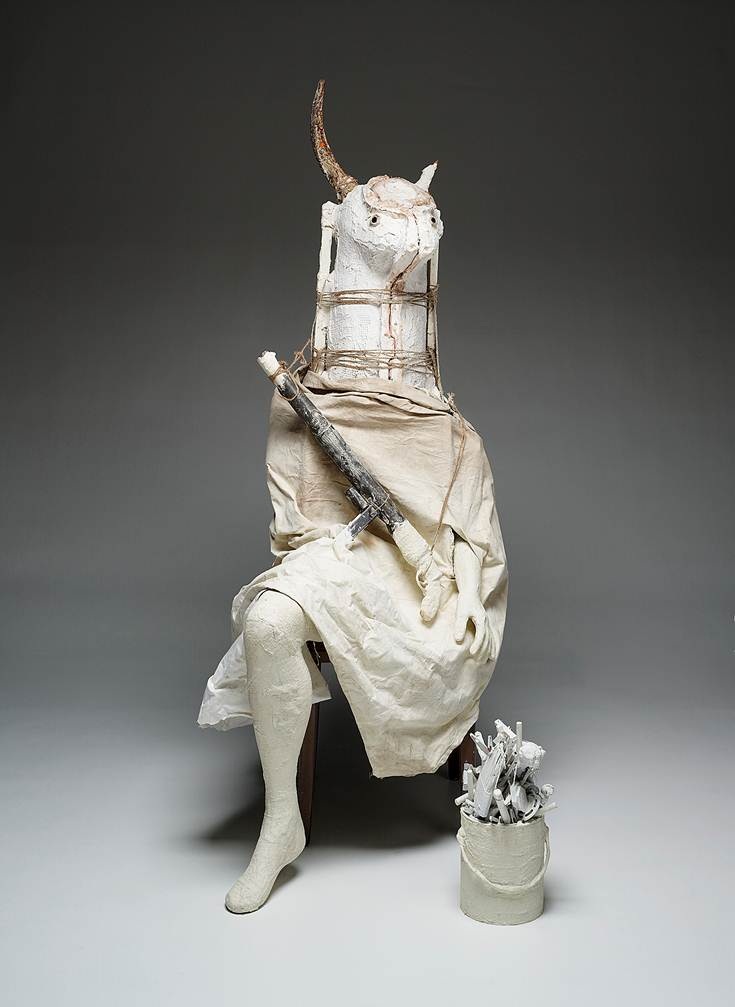
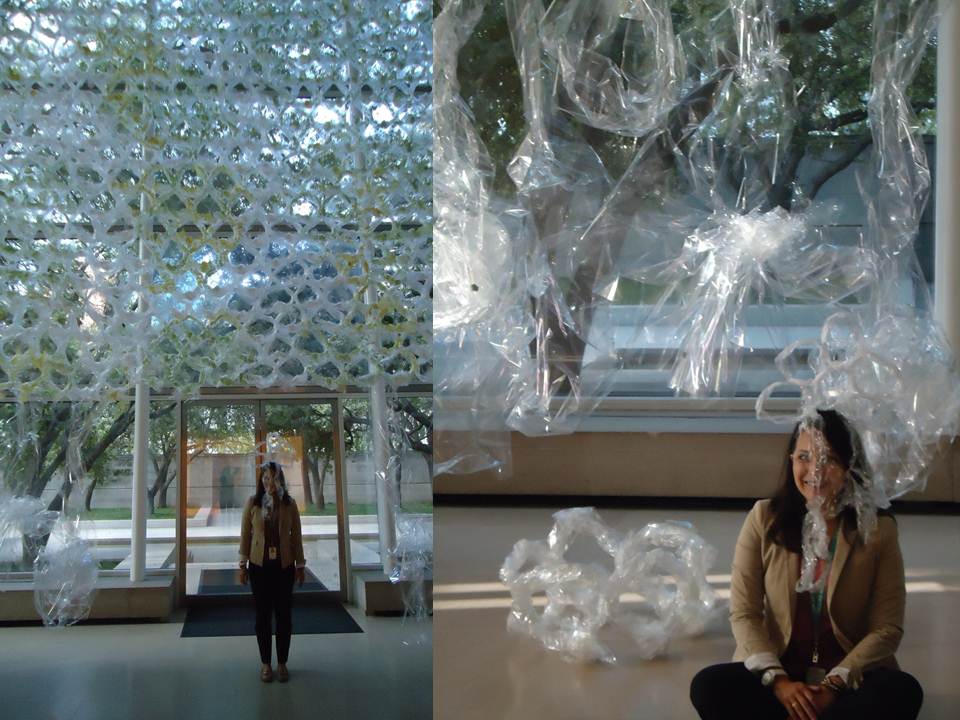
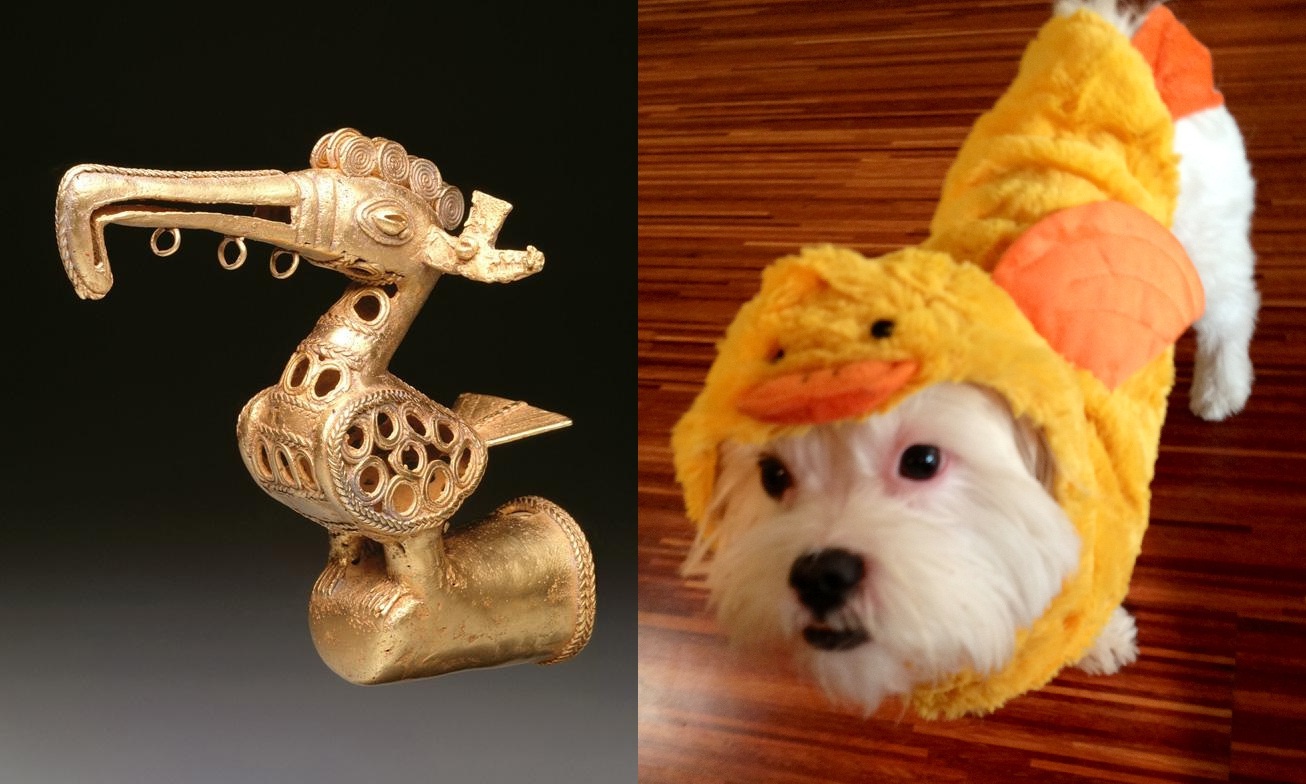
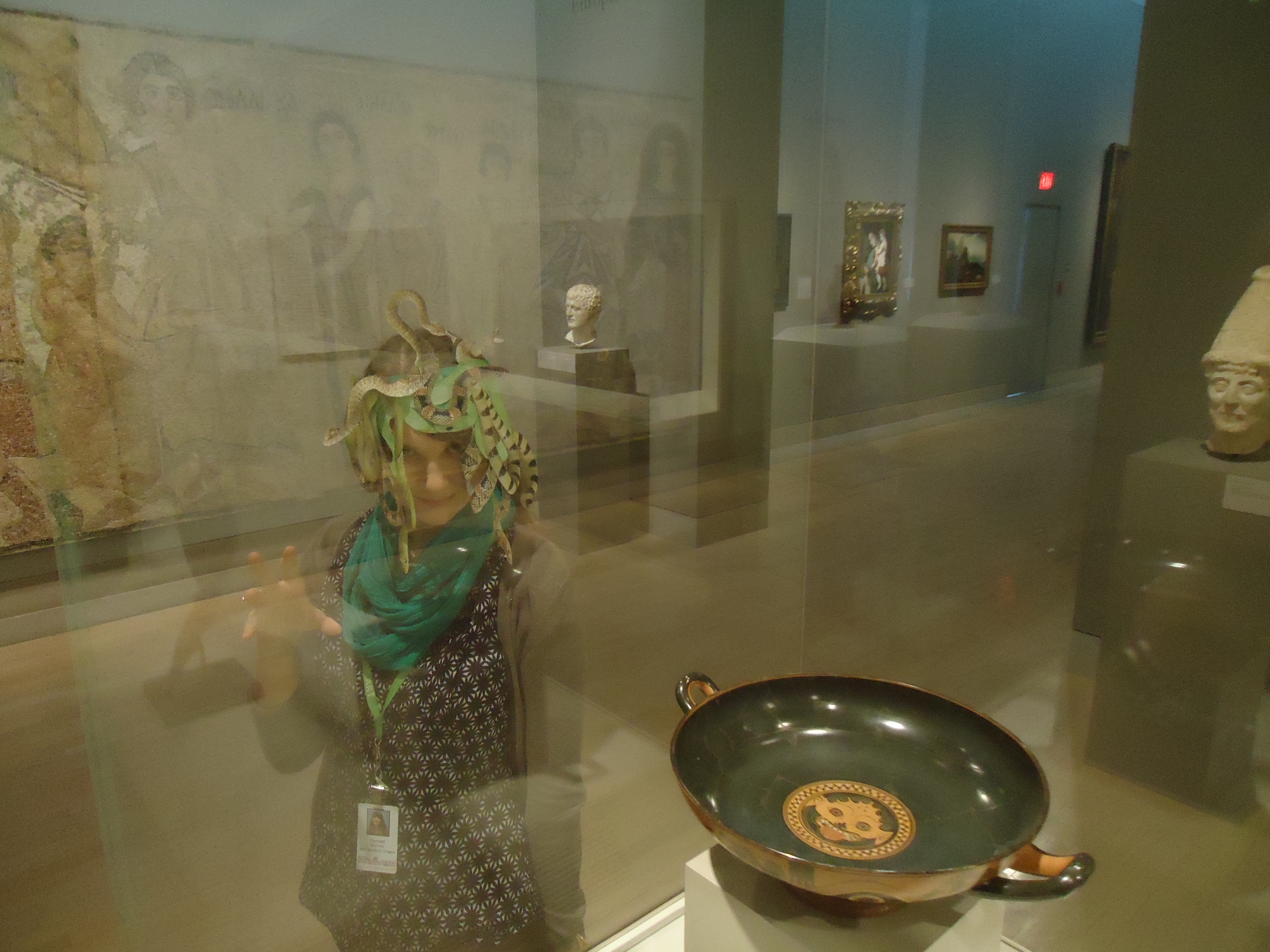

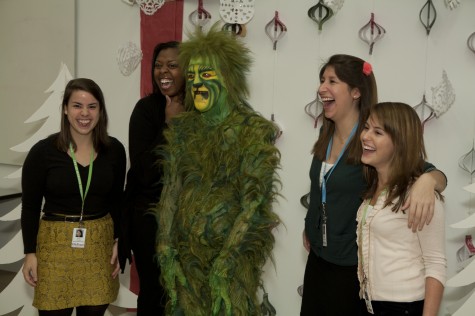
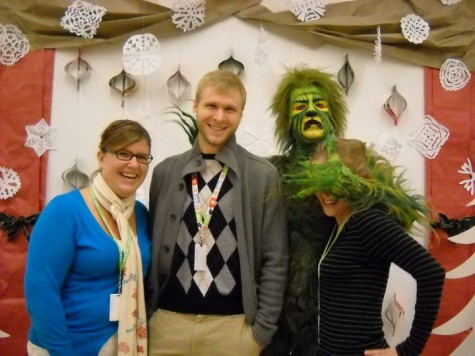

![photo[1]](http://blog.dma.org/wp-content/uploads/2010/12/photo11.jpg)
